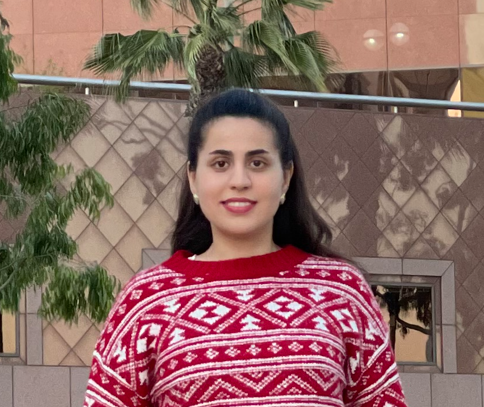Cardiovascular Engineering
(D-147) Electromechanical coupling in arteriolar smooth muscle and capillary pericytes and the myogenic regulation of brain perfusion: Insights from a mathematical model

Niloufar Khakpour, PhD Student (she/her/hers)
Graduate Student
Florida International University
Miami, Florida, United States- NT
Nikolaos M. Tsoukias
Professor at Department of Biomedical Engineering
Florida International University
Miami, Florida, United States
Presenting Author(s)
Primary Investigator(s)
The human brain relies on approximately 1,000 miles of microcirculatory vessels for nourishment. These vessels receive blood through Parenchymal Arterioles (PAs), which penetrate the brain and subsequently divide into an expansive capillary network. This complex network ensures that the brain receives an appropriate supply of oxygen and nutrients essential for its proper functioning. The cerebral microcirculation adapts rapidly to local demands and tightly regulates perfusion over a lifetime. Neuronal and metabolic stimuli as well as mechanical forces can initiate cell signaling, leading to vasodilation or vasoconstriction. The inaccessibility to experimental observation and the structural complexity makes modeling crucial to gain insights into such mechanisms.
Microvascular cells express a diverse collection of ion channels which enable them to effectively control intracellular Ca2+ and membrane potential (Vm). In arterioles, an increase in pressure drives smooth muscle cell (SMC) Ca2+ mobilization, engaging the contractile apparatus. The resulting vasoconstriction allows the brain to maintain constant perfusion over a wide range of blood pressures (myogenic autoregulation). Recent evidence suggests that cerebral capillaries may also respond to pressure but their contribution to cerebral blood flow control has not been elucidated.
We have previously integrated detailed vascular cell models into multicellular vessel segments that can link cell-level signaling to blood flow control. The methodology is adapted here to provide multicellular representations of cerebral capillaries and arterioles wi
